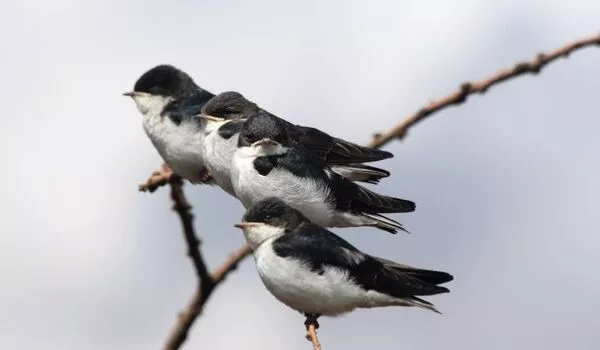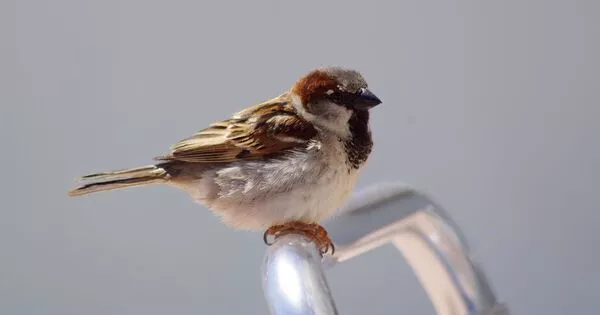Consider a world in which all birds have become extinct. Most of us would consider a spring morning devoid of birds singing and calling, or of feathered creatures soaring through the sky. If you’ve ever witnessed the miracle of a wild bird egg hatching, that may be the image you cherish and would miss if the world didn’t have birds.
Climate change is causing a mass extinction that has never been seen before in recorded history. This biodiversity loss has consequences for birds that go beyond species loss. In a study published in the journal Current Biology, researchers predict that extinction will reduce morphological diversity among remaining birds at a faster rate than species loss alone. The team’s findings show which birds are at risk of extinction and which regions are most vulnerable to homogenization.
As species go extinct you expect the traits that they represent to also be lost. But what we found was that with morphological diversity, the traits were lost at a much, much, much greater rate than just species loss could predict. This is really important because that can lead to a major loss of ecological strategies and functions.
Emma Hughes
Emma Hughes, a University of Sheffield bird researcher, has spent her career studying broad morphological traits in birds, such as the global distribution of different beak shapes. “I began to wonder what would happen as the world’s climate changed. So, not only how are traits currently distributed globally, but also what might happen to morphological and phylogenetic diversity as a result of the global extinction crisis, must be considered” Hughes says.
“As species go extinct you expect the traits that they represent to also be lost.” says Hughes. “But what we found was that with morphological diversity, the traits were lost at a much, much, much greater rate than just species loss could predict. This is really important because that can lead to a major loss of ecological strategies and functions.”

The loss of diversity is most likely to affect birds with extreme characteristics. The size and shape of birds vary greatly, from the giant, flightless ostrich to the tiny, buzzing hummingbird. “Those are the kinds of species you’d expect to be more vulnerable to extinction,” Hughes says. “We find strong evidence to support the hypothesis that the largest and smallest species are most likely to face extinction.”
Consider a world without birds from the standpoint of an ornithologist or scientist. Although they would miss the cheerful bird sounds and the miracle of a new baby bird, their thoughts would be consumed by more profound and concerning thoughts of environmental loss and the impact on the ecosystem.
If birds were to go extinct, or their populations decline significantly, the impact would run far deeper than quiet spring mornings and the absence of cute baby birds. Human life and other wildlife would change forever.
Not only are certain birds more vulnerable to biodiversity loss, but certain regions are also more likely to have homogenized populations. “The Himalayan mountains and foothills are especially vulnerable, and the loss of trait diversity is likely to be significant,” Hughes says. “The dry and moist forests of south Vietnam and Cambodia are also vulnerable.”
Hughes and her colleagues hope that their work will help people understand how biodiversity loss will affect the world. “The global extinction crisis doesn’t just mean that we’re losing species,” she explains. “It means that we are losing unique traits and evolutionary history, including species that could confer unique benefits to humanity that are currently unknown.”





